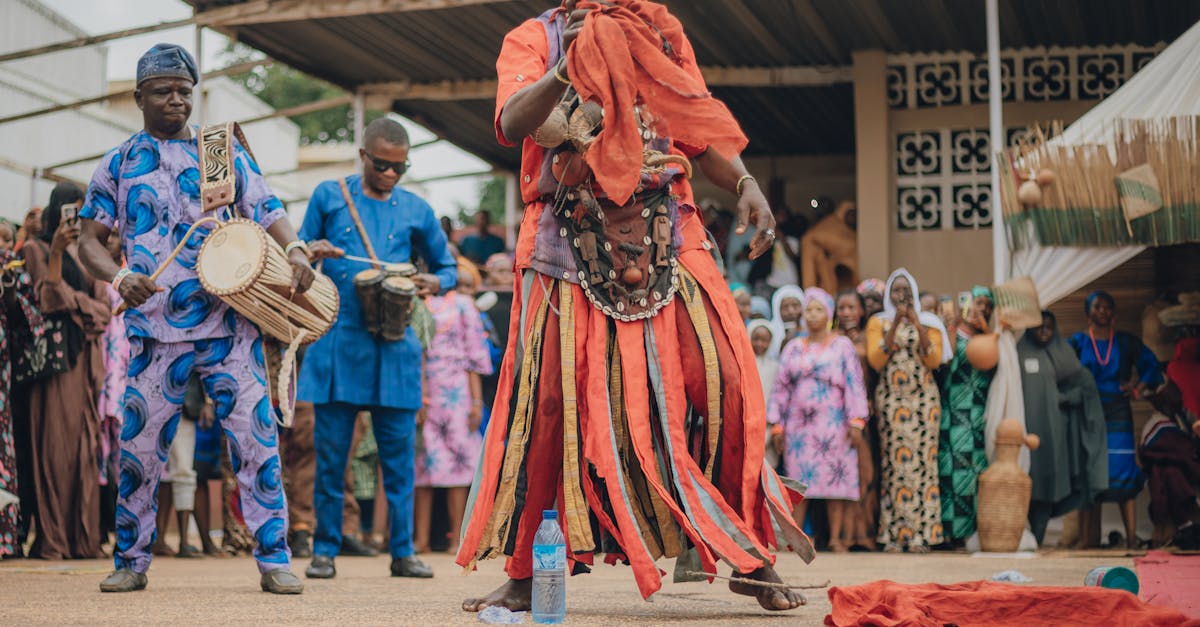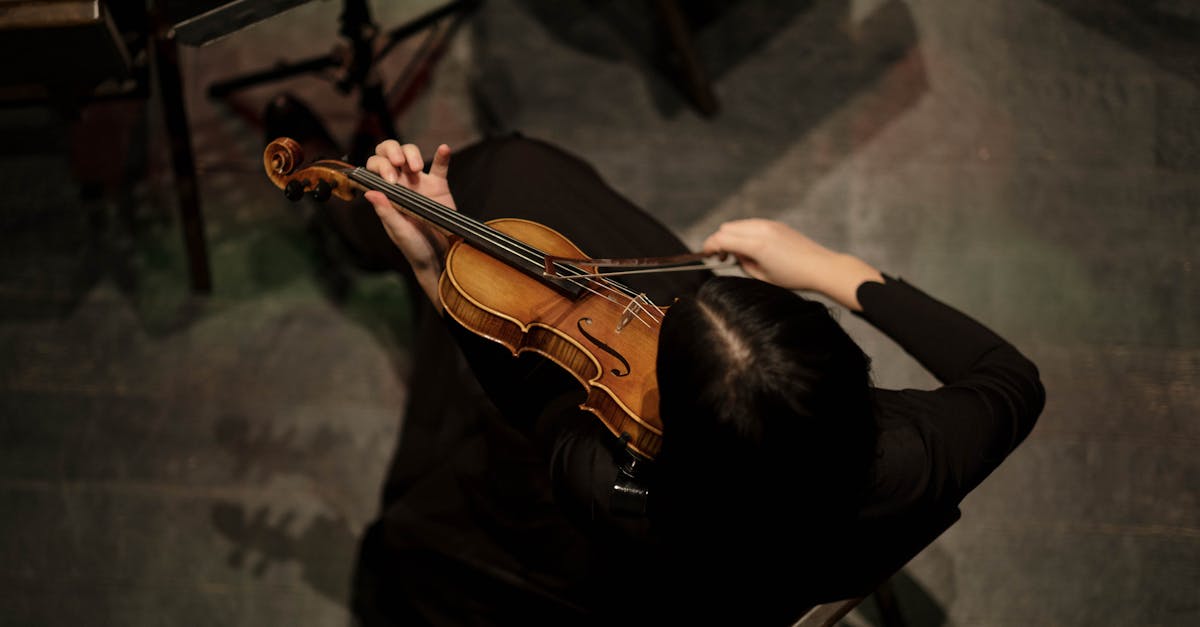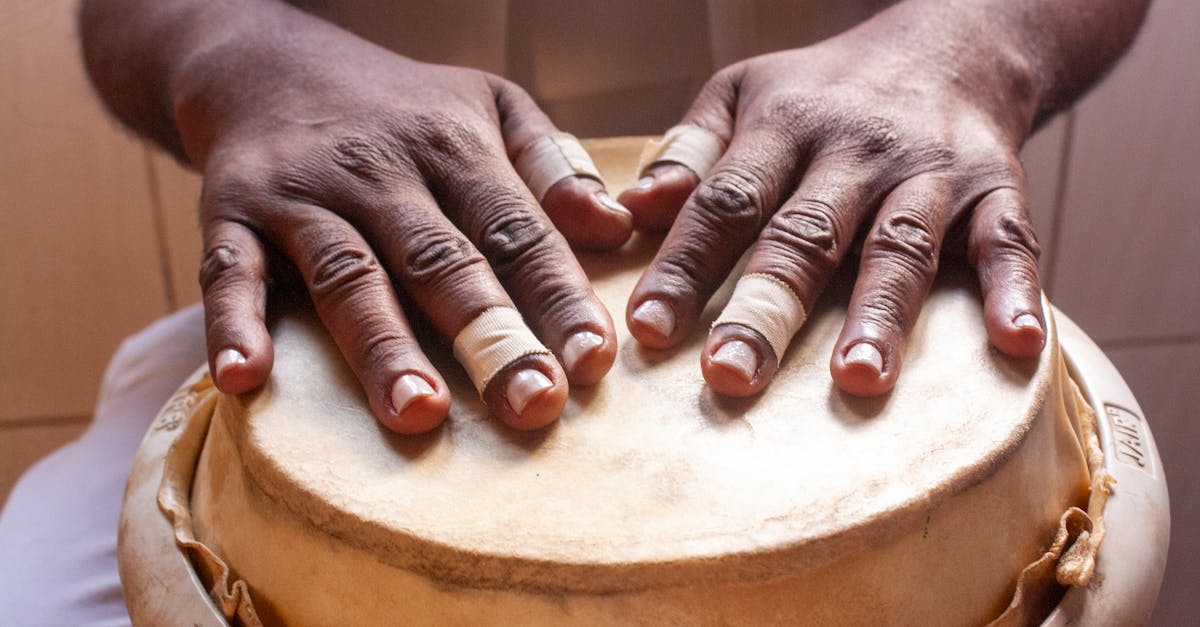Harmonic Diaspora Cultural Fusions In World Music
Introduction
World music serves as a vibrant tapestry, intricately woven from the diverse threads of cultural heritage around the globe. The intersection of global musical traditions has led to a rich array of sounds, blending the familiar with the foreign in a celebration of diversity. This fusion, known as harmonic diaspora, embodies the collaborative spirit of musicians who transcend cultural boundaries. From Afrobeat to Latin jazz, these musical fusions reaffirm our shared humanity while honoring distinct legacies. As technology shrinks distances, cultures have found common ground through rhythm and melody. This article delves into the influence of cultural fusions, examining how they innovate while simultaneously preserving traditions.
Advertisement
The Roots of World Music
World music is built upon an age-old tradition of cultural exchange. Historically, trade routes like the Silk Road acted as conduits for musical communication, facilitating the cross-pollination of cultural elements. Indigenous communities recorded oral traditions through music, maintaining their cultural identities while adopting foreign influences. For centuries, artists have traveled, both voluntarily and involuntarily, introducing instruments, scales, and rhythms to new environments. This continual ebb and flow of musical ideas laid the groundwork for today's rich and varied world music scene.
Advertisement
Afrobeat: A Rhythmic Revolution
Afrobeat, born in the vibrant cities of Nigeria, is a pulsating genre that exemplifies harmonic diaspora. This sound emerged from the visionary work of Fela Kuti and his innovative fusion of traditional African percussion with jazz and funk. Kuti's exploration extended beyond instrumentation, merging political messages with infectious melodies. By blending American and African influences, Afrobeat challenged global perceptions of African music and became a powerful movement. Today's artists, like Burna Boy, carry this legacy forward, creating international hits that retain Afrobeat's distinct percussive charm.
Advertisement
Latin Jazz: A Dance of Cultures
In the smoky clubs of Havana and the bustling streets of New York, Latin jazz was conceived as a passionate fusion of Afro-Cuban rhythms and jazz harmonies. This genre honors the cultural convergence of African, European, and indigenous musical traditions found in the Caribbean. Legendary artists like Dizzy Gillespie and Machito infused soul-laden jazz with invigorating Latin rhythms, creating a sound that encourages both intellectual engagement and joyous movement. Modern Latin jazz continues to evolve, driven by artists who push creative boundaries while maintaining cultural reverence.
Advertisement
Reggaeton: From the Streets to Global Stages
Reggaeton, tracing its roots to Panama's Spanish-speaking Caribbean communities, exploded in popularity as it reached Puerto Rico and beyond. This dance music phenomenon captivates through its infectious beat and lyrical energy, combining Jamaican reggae influences with Latin sounds. Artists like Daddy Yankee have played pivotal roles in popularizing reggaeton, blending rhythmic elements with hip-hop's vocal flow. Its global appeal lies in its ability to foster a joyful atmosphere while incorporating social and cultural commentary.
Advertisement
Bhangra Beat: The Danceable Fusion
Emerging from the Punjab region, Bhangra represents a spirited fusion of traditional Punjabi music and dance with contemporary Western styles. This genre is characterized by its energetic rhythms and lively performances often accompanied by dhol drums. As Punjabi communities settled worldwide, Bhangra embraced influences from hip-hop, house, and electronic music, resulting in a truly global sound. Musical pioneers like Panjabi MC have introduced the genre to a broader audience, maintaining cultural roots while evolving its form.
Advertisement
The Power of Cultural Festivals
Cultural festivals promote harmonious exchanges, providing platforms for world music diversity to flourish. Iconic events like WOMAD and the Norwegian World Music Festival celebrate this musical amalgamation. These gatherings amplify lesser-known cultural voices, fostering understanding and appreciation among attendees. As musicians from various backgrounds share stages, magic happens through impromptu collaborations, inspiring audiences and participants alike. Such festivals symbolize the unifying potential of music as it transcends linguistic and cultural boundaries.
Advertisement
Technology: A Catalyst for Fusion
Advancements in technology have fundamentally reshaped how music is created and shared, accelerating the spread of cultural fusions. Digital platforms like YouTube and Spotify dissolve geographic barriers, enabling artists to reach global audiences instantaneously. Musicians collaborate across continents in virtual studios, producing hybrid sounds that defy conventional categorization. Moreover, audiences have become more eclectic, embracing musical diversity at the click of a button. This technological democratization proves crucial in sustaining the momentum of cultural fusion in world music.
Advertisement
Challenges and Future Directions
Despite its vibrant evolution, world music faces challenges in ensuring authenticity and equitable representation of cultural influences. Concerns about appropriation loom large when fusion overlooks the origins of musical elements. The music industry must grapple with issues of recognition and fair compensation for artists drawing from diverse backgrounds. Nevertheless, the future is promising, with an increasing emphasis on collaborative partnerships and cultural education. As awareness grows, world music will likely continue to evolve, enriching its legacy while honoring its roots.
Advertisement
Conclusion
Harmonic diaspora represents a dynamic equilibrium between preservation and innovation in world music. It celebrates the intersection of varied musical traditions, empowering cultures to coexist harmoniously. With the continued exchange of ideas, artists remain dedicated to honoring diverse legacies through sonic experimentation. Technology plays a crucial role, ensuring that these sounds reach global audiences, expanding our cultural horizons. Ultimately, world music stands as a testament to humanity's shared connection, highlighting universal themes that resonate across distances.
Advertisement







